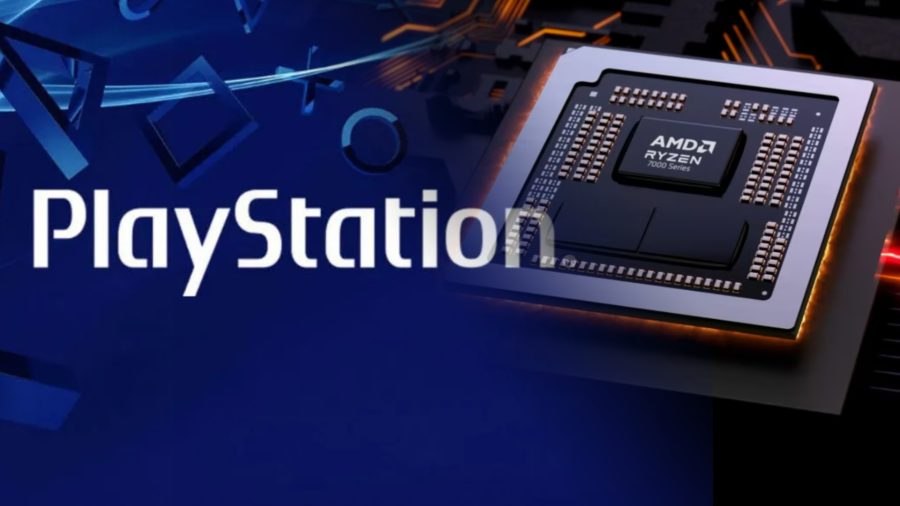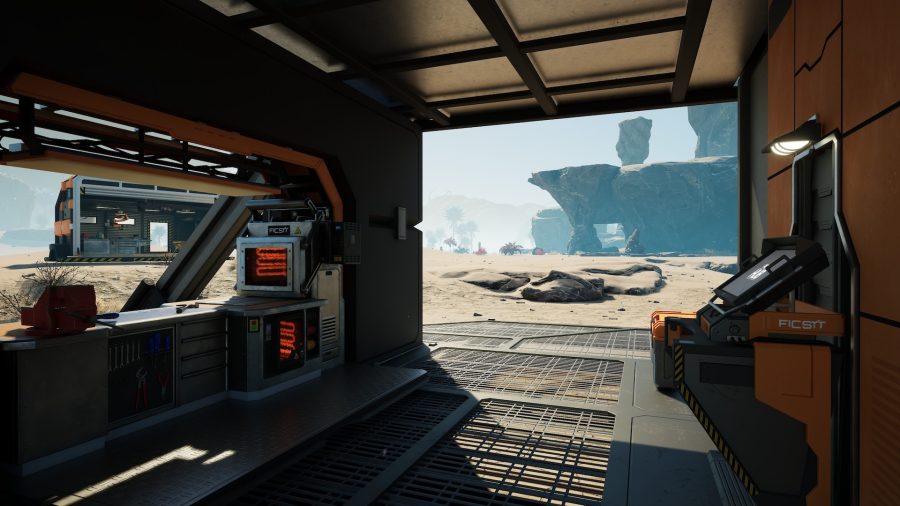GoPro’s latest action cam has officially broken cover, after a few leaks spoiled some of the surprises. With the Hero 13 Black, the company is bolstering its position as the go-to action cam with more versatility and features aimed at high-level users who’ve probably owned a GoPro or two for years. GPS is back, the battery is bigger and there are upgrades to slow-motion capture and more, but the big news might be outside of the camera unit itself.
The biggest upgrade may be the new family of modular lenses it’s calling the HB Series. In addition to ultra-wide, anamorphic (unfortunately not ready for testing) and macro, GoPro is introducing an ND (neutral density) filter four-pack, aimed at amping up motion blur.
If you’re a GoPro fan, you’re probably aware that the company has already dabbled in filters with the Max Lens Mods for the Hero 12, but the company has taken it a lot further here. All the new HB-Series lenses are waterproof and compatible with GoPro’s HyperSmooth video processing. Crucially for non-professionals, the Hero 13 Black will automatically adjust camera settings, including resolution, frame rate and even your Protune settings to match what’s attached. This means you may be locked out of certain capture modes, frame rates or resolutions if the lens isn’t compatible. But that’s preferable to recording something special with a lens, only to discover afterward that it looks like a mess or cropped the best parts out.
Depending on how you plan to use your new GoPro, some lenses will offer more utility than others. While I’ve only had the camera for a few days, the Ultra Wide Lens ($100) seems like the most tempting addition. With a new 1:1 aspect ratio, it means you can decide whether your video is vertical or horizontal after capture. The lens expands the field of view to 177 degrees and can still capture 4K at 60fps. During my testing, I liked the flexibility to use footage in both orientations, and not having to fuss so much about framing.
If you’re looking at the Hero 13 Black as an additional camera for interesting cutaway shots and close-ups, the Macro Lens ($130) might tempt you. With a minimal focus distance of 11cm (4.3 inches), that’s four times closer than the GoPro’s original lens. This lens also includes its own rotating ring to hone in on the right focal length. (There’s even a focus peaking option, hidden away in Protune settings).
During GoPro’s presentation, it was the Anamorphic Lens Mod ($130) I was most intrigued by, but I’ll have to wait to test that out. Able to capture video with a 21:9 aspect ratio, it’s pitched as a lens for “professional-level artistic filmmaking.”
The footage is de-squeezed while being captured, making for easier editing. (De-squeezing is the process of correcting any oval-shaped image distortion caused by anamorphic lenses.) I like the notion of an action-cam cropping those mushy stretched edges for punchier footage. Plus, it’ll capture lens flares, too.
When it came to ND filters, I found them challenging to work with in the past, even when they were built into traditional cameras. This is where GoPro’s auto-detection makes a lot of sense. Alongside adjustments to shutter speed to suit the filter and available light, the Hero 13 Black will even indicate arrows if it thinks a stronger (or weaker) ND filter would be better within the four-pack ($70). However, you can’t combine these HD-series accessories, so you can’t use an ND filter with the Macro lens, for example. There’s a new “AutoCinematic” shutter option to optimize motion blur while holding onto image stabilization, while a Motion Blur Protune option lets you tweak exactly how much blur you want.
So what about the camera itself? The Hero 13 Black has a 10-percent bigger battery than its predecessor and can capture around one and a half hours of 4K video at 30fps. There’s also improved thermal performance both when it’s static or moving with airflow. GoPro says the new camera has longer runtimes in both hot and cold environments, claiming that some of the biggest improvements will come if you’re used to capturing in 10-bit video, another nod to pro users.
GoPro has boosted ultra-slow-motion capture to 400 frames per second at 720p resolution. However, this is burst capture, limited to 15 seconds of real-time recording. At its maximum resolution of 5.3K, the Hero 13 Black can capture 120fps for up to five seconds. The Hero 13 Black also supports Hybrid Log Gamma (HLG), an industry-standard HDR format that should yield the highest dynamic range yet on GoPro video.
As I teased earlier, GPS is back, too. This means you’ll be able to search for footage based on location, but the camera can capture telemetry data like speed, path and altitude, pulling that data into your video file. You can then bring this stuff to life with overlay graphics added through GoPro’s Quik app.
There are a lot of smaller, useful UI improvements and upgrades. I won’t touch on all of them, but the most notable may be compatibility with AirPods and other wireless headphones over Bluetooth. The Hero 13 black can capture sounds in a Standard Audio Mode, what GoPro calls “balanced, true-to-life sound,” or there’s a Voice Audio Mode to prioritize speech. With WiFi 6 compatibility, you can also transfer your videos and shots up to 40 percent faster to your smartphone. That’s a true quality-of-life upgrade you’ll notice immediately if you’ve ever had to wait around for files to transfer from action cams (or any camera) over WiFi.
If you’re used to extended shooting (or time-lapse capture), the Hero 13 Black’s new Contacto magnetic door and power cable could be very useful, too. With a pogo-pin style latch, the cable can charge or power the camera from external USB-C battery packs or an adapter plugged into the wall. Notably, it will power the camera even if there’s no battery inside.
GoPro has also decided to add a third mount, a magnetic latch system that works with several new mounts (sold separately). If you’re not here for the peripheral upsell, however, there are still fold-down mounting fingers for extra-secure installation and the standard 1/4-20 mounting threads for your existing tripods and mounts. I love the new magnetic mounts, but now I want one for my tripod, one with a clamp, one for everything. (In the company’s defense, its newest camera is compatible with over 60 GoPro mounts and accessories. It has identical proportions to the Hero 12 Black.)
If you were hoping for a 1-inch sensor you’ll have to wait a little longer. Current GoPro users may be slightly disappointed by what seems to be the same camera sensor. Many devotees online hoped for a larger sensor to boost low-light performance and picture quality. A lot of the upgrades and additions here seem aimed at high-level users, but it’s those same people hoping for a substantial hardware upgrade beneath all the UI improvements and peripheral additions.
The Hero 13 Black is priced at $400 for the standalone camera, while a Creator Edition ($600) bundles the camera with a Volta Power Grip, Media Mod and Light Mod. The company has teased more bundles that will combine its new camera with lenses and other accessories.
All are available for preorder today at GoPro.com and will ship on September 10.
This article originally appeared on Engadget at https://www.engadget.com/cameras/gopro-hero-13-black-release-date-price-hands-on-impressions-130027978.html?src=rss


























